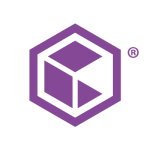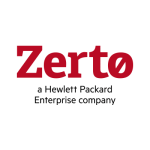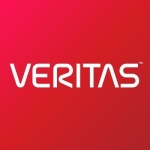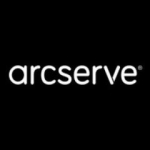Dell transformed disk-based backups. Basically, we moved from tape to disk-based backups. We moved from IBM PSM on tape, to Dell-based backups using an appliance. These appliances are purpose-built backup appliances. Avamar and DataDomain are both purpose-built and they are extremely popular — soon to be number one in the backup appliance market. Avamar is associated with compliance, and DataDomain is more of our target. They are extremely reliable and scalable — they provide the best de-duplication on the market. They are very easy to use, set up, and manage.
They have come up with Data Protection Central. We have multiple different management layers. For each product, we have a different management interface, so if they could merge all of them into one single-pane view of management, that would be extraordinary. Technically, they've done that but it's still not a single-pane view like in Commvault or in Rubrik, or another one of these new-age unit products. With a single pane, you can manage everything.
If you have to manage your network, it's a different console — It's not easy to manage. They've introduced a Data Protection Center to basically make it easier to manage everything from one console, or at least to report everything on one console which is very good. All the statistics appear, the health and the scheduled services, all of that appears on one screen. Still, to manage it, you have to click and invoke each separate console. If they could just integrate all of that into one console, one HTML Sybase console, then our lives would be much easier. There also needs to be single sign-on support.
We need single sign-on support to access all these different tools instead of having to login individually, which is the current problem — it takes too much effort. You have to go into each one and authenticate separately. You need to enable LDAP authentication for each of these and then proceed to what they need. They don't have role-based access, which is another problem. For example, if you want one person to have less access compared to another person, you can't do that easily.
Management and data analytics could be improved. I would like to see a lot more customizable reports, without coaching professional services regarding the Data Protection Advisor — it's not that simple to do. Also, I'm looking for analytics, for instance, something that tells us about the structure of the data.
I have been using Dell EMC Avamar for six years.
The support from Dell is exceptionally great. They offer support for almost all of the products on the market — all of the main operating systems, applications, databases, everything. That's a big plus for them.
I would definitely recommend this solution. Dell EMC is definitely one of the top three to four solutions. I'd recommend it because I think the cost of ownership and the return on investment are both extremely good — very low.
It's very stable, reliable and very fast. The backup center stores information extremely fast, the de-duplication is great. All of this is available under one hood. The complexity is hidden from you. With Dell, everything has been done for you.
Out of the box, it's ready to go, and it's very, very fast.
On a scale from one to ten, I would give this solution a rating of nine.














